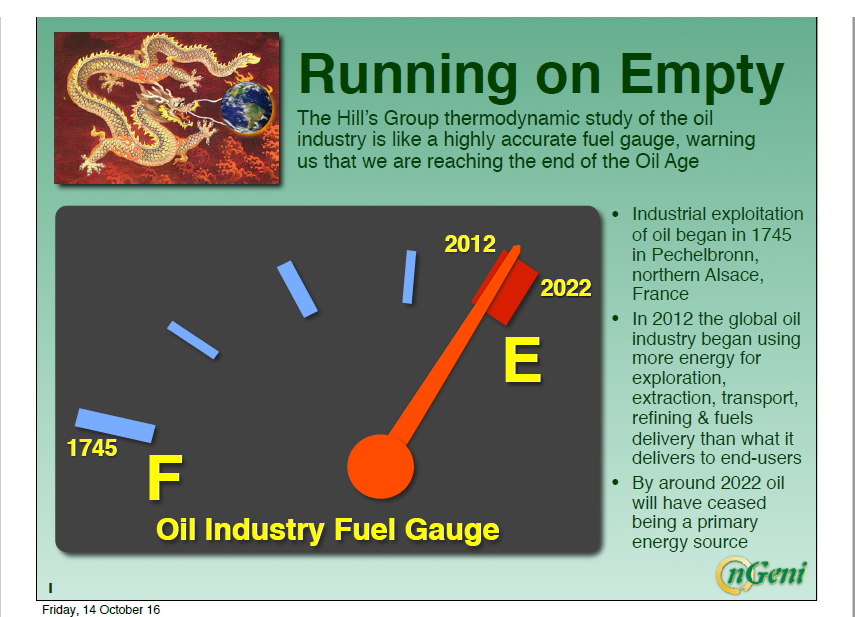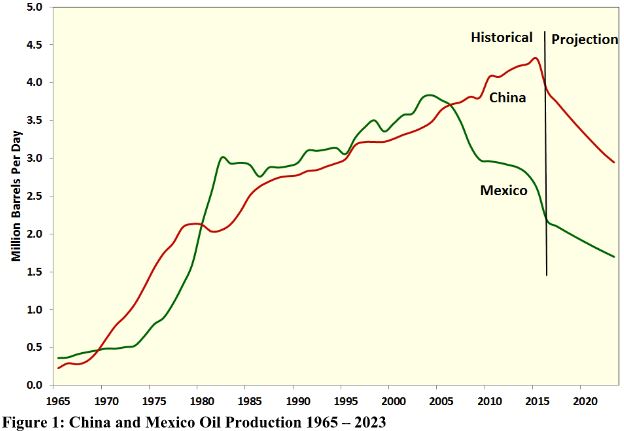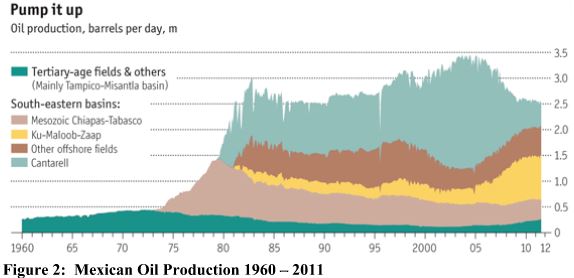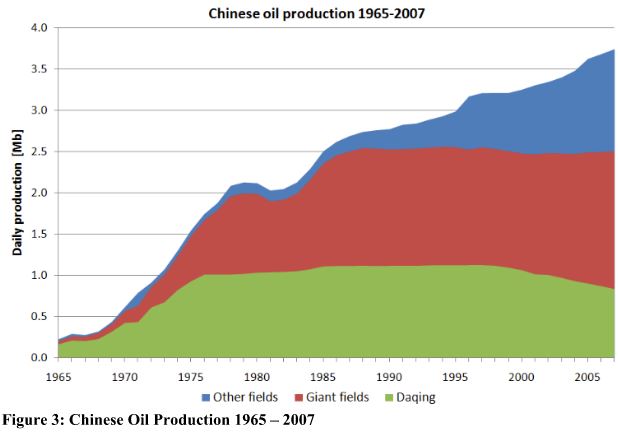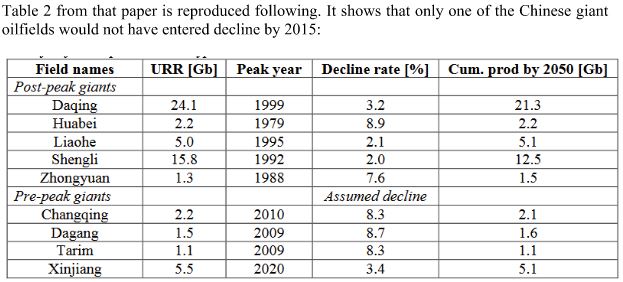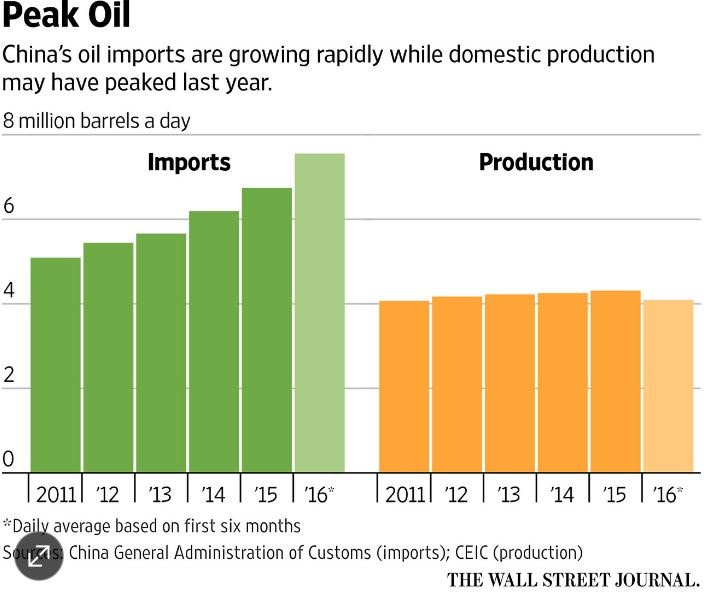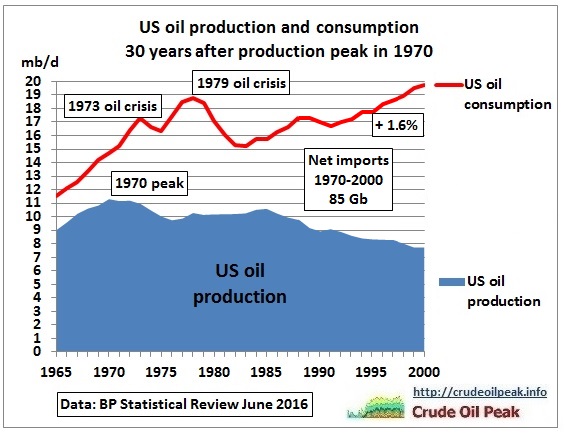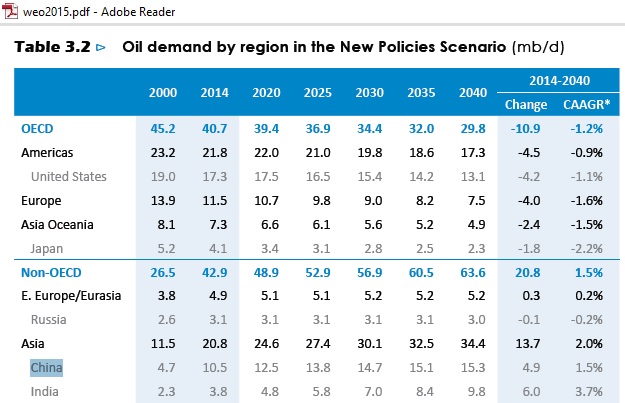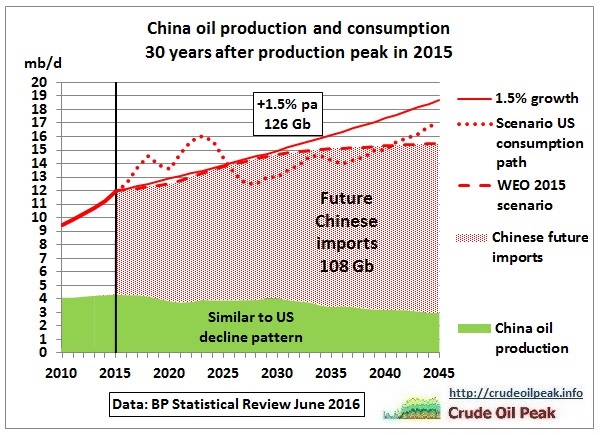The world’s hottest shale basin, the Permian, is leading the second U.S. wave of tight oil production growth and will continue to do so for years to come, all analysts say.
However, signs have started to emerge that the relentless intensification of drilling leads to diminishing returns, Simon Flowers, Chairman and Chief Analyst at Wood Mackenzie, said in an article this week. Pumping twice as much sand as usual into Permian wells and drilling longer laterals doesn’t deliver commensurate volumes of oil, Flowers notes.
“Drilling costs rise exponentially with depth, and there’s a suspicion that longer wells are hitting a cost efficiency ceiling,” WoodMac’s chief analyst writes.
Moreover, after the early production-exuberance stage, drillers are now much more focused on delivering profits and higher profit margins. They now favor quality over quantity, and value over volumes.
“Might the Permian be reaching the limits of well size and design? Maybe—as Star Trek’s Scotty might observe of an underwhelming high intensity completion ‘you cannae change the laws of physics, Jim’,” Flowers says. But WoodMac suggests that drillers could ‘change the laws of physics’ and that these signs of setbacks may actually be growing pains.
The energy consultancy’s Director of L48 Research, Rob Clarke, argues that there are two basic and very sound reasons that the fading lateral drilling and proppant metrics might be just growing pains. One is much more advanced proppant placement, and the other is the oil majors’ move into the Permian, set to change things.
“Now, pinpoint frac technology can place the proppant exactly where it’s wanted. Science is also being applied to identify the most effective proppant grain size and shape as well as drill bit design and fluid chemistry, all with the aim of boosting EUR,” according to WoodMac.
…click on the above link to read the rest of the article…




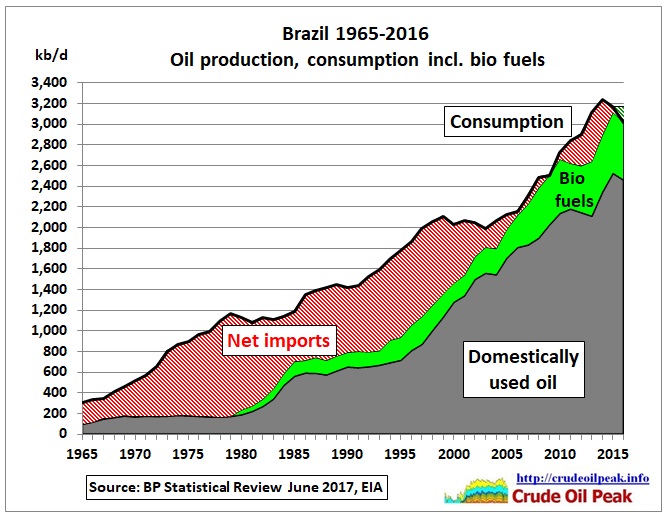 Fig 1: Brazil’s oil production, net imports and bio fuels
Fig 1: Brazil’s oil production, net imports and bio fuels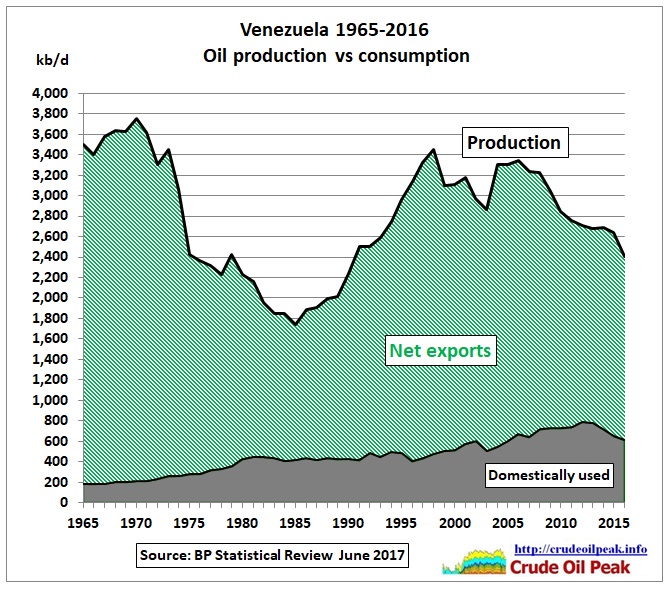 Fig 2: Venezuela’s oil production and net exports
Fig 2: Venezuela’s oil production and net exports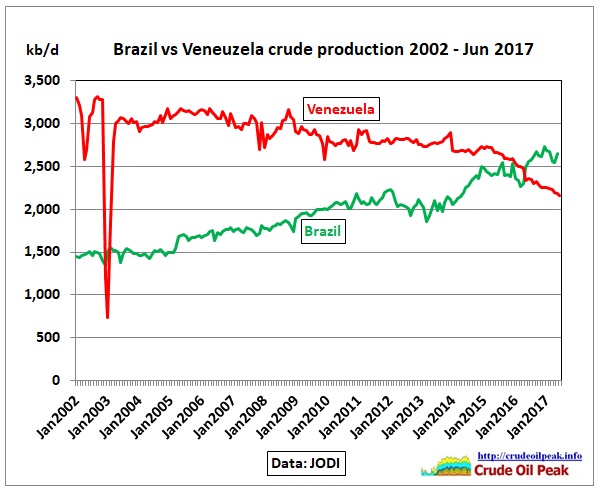 Fig 3: Brazil vs Venezuela monthly crude production
Fig 3: Brazil vs Venezuela monthly crude production

